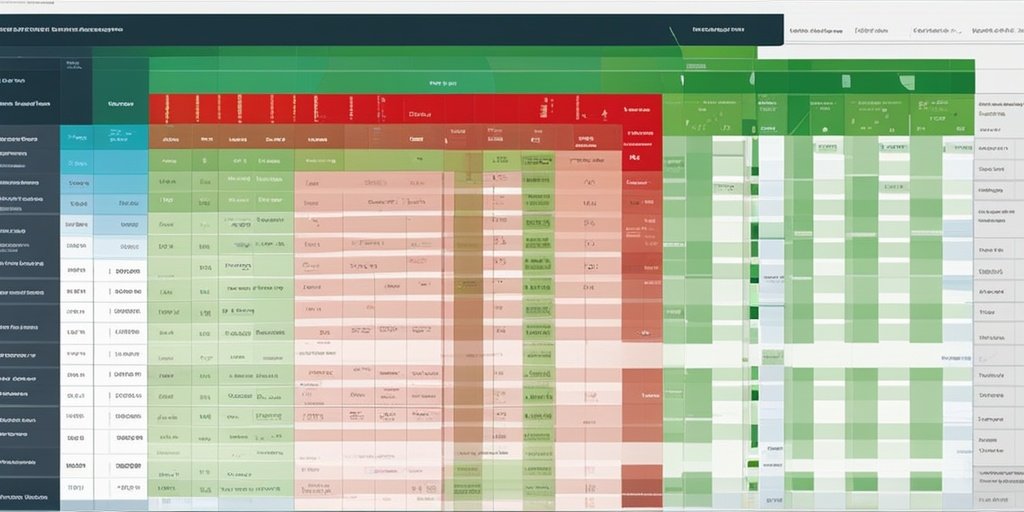⚡ Quick Summary
A recent study utilized machine learning to enhance the diagnosis of malnutrition in patients with chronic gastrointestinal diseases, emphasizing the significance of the GLIM criteria alongside additional diagnostic parameters. The findings suggest that incorporating these criteria can significantly improve diagnostic accuracy.
🔍 Key Details
- 📊 Participants: 314 patients and controls
- 🧩 Features analyzed: 230 features including anthropometric data, body composition, and dietary habits
- ⚙️ Technology: Supervised machine learning models
- 🏆 Performance metrics: Sensitivity decreased by 19%, specificity by 8%, and F1-score by 10% when excluding GLIM criteria
🔑 Key Takeaways
- 📊 Machine learning effectively classified malnourished versus non-malnourished patients.
- 💡 GLIM criteria are crucial for accurate malnutrition diagnosis.
- 👩🔬 Additional features such as hip circumference and phase angle were identified as significant.
- 🏥 Study duration: October 2018 to September 2021.
- 🌍 Conducted by a team of researchers from various institutions.
- 🔬 Implications for clinical practice in diagnosing malnutrition in chronic gastrointestinal diseases.

📚 Background
Malnutrition is a prevalent issue among patients with chronic gastrointestinal diseases, yet it often goes undiagnosed. The Global Leadership Initiative on Malnutrition (GLIM) has established criteria to aid in the diagnosis, but there is a growing need to explore additional parameters that could enhance diagnostic accuracy and patient care.
🗒️ Study
This study was conducted over a three-year period, enrolling 314 patients and controls to investigate the diagnostic features of malnutrition in chronic gastrointestinal diseases. Researchers recorded a comprehensive set of 230 features, which were then refined to 135 for analysis using machine learning techniques.
📈 Results
The results demonstrated that the machine learning models could effectively classify malnourished patients. Notably, the exclusion of GLIM criteria led to a significant drop in model performance, underscoring their importance. Additional features such as hip circumference and albumin levels emerged as critical for accurate classification.
🌍 Impact and Implications
The findings from this study have profound implications for clinical practice. By validating the GLIM criteria and identifying additional diagnostic features, healthcare professionals can enhance their approach to diagnosing malnutrition in patients with chronic gastrointestinal diseases. This could lead to improved patient outcomes and a better understanding of the underlying pathophysiology of malnutrition.
🔮 Conclusion
This study highlights the transformative potential of machine learning in the diagnosis of malnutrition. By reinforcing the importance of the GLIM criteria and introducing additional parameters, we can pave the way for more accurate and effective diagnostic practices in the management of chronic gastrointestinal diseases. Continued research in this area is essential for advancing patient care.
💬 Your comments
What are your thoughts on the integration of machine learning in diagnosing malnutrition? We invite you to share your insights and engage in a discussion! 💬 Leave your comments below or connect with us on social media:
Identification of key factors for malnutrition diagnosis in chronic gastrointestinal diseases using machine learning underscores the importance of GLIM criteria as well as additional parameters.
Abstract
INTRODUCTION: Disease-related malnutrition is common but often underdiagnosed in patients with chronic gastrointestinal diseases, such as liver cirrhosis, short bowel and intestinal insufficiency, and chronic pancreatitis. To improve malnutrition diagnosis in these patients, an evaluation of the current Global Leadership Initiative on Malnutrition (GLIM) diagnostic criteria, and possibly the implementation of additional criteria, is needed.
AIM: This study aimed to identify previously unknown and potentially specific features of malnutrition in patients with different chronic gastrointestinal diseases and to validate the relevance of the GLIM criteria for clinical practice using machine learning (ML).
METHODS: Between 10/2018 and 09/2021, n = 314 patients and controls were prospectively enrolled in a cross-sectional study. A total of n = 230 features (anthropometric data, body composition, handgrip strength, gait speed, laboratory values, dietary habits, physical activity, mental health) were recorded. After data preprocessing (cleaning, feature exploration, imputation of missing data), n = 135 features were included in the ML analyses. Supervised ML models were used to classify malnutrition, and key features were identified using SHapley Additive exPlanations (SHAP).
RESULTS: Supervised ML effectively classified malnourished versus non-malnourished patients and controls. Excluding the existing GLIM criteria and malnutrition risk reduced model performance (sensitivity -19%, specificity -8%, F1-score -10%), highlighting their significance. Besides some GLIM criteria (weight loss, reduced food intake, disease/inflammation), additional anthropometric (hip and upper arm circumference), body composition (phase angle, SMMI), and laboratory markers (albumin, pseudocholinesterase, prealbumin) were key features for malnutrition classification.
CONCLUSION: ML analysis confirmed the clinical applicability of the current GLIM criteria and identified additional features that may improve malnutrition diagnosis and understanding of the pathophysiology of malnutrition in chronic gastrointestinal diseases.
Author: [‘Rischmüller K’, ‘Caton V’, ‘Wolfien M’, ‘Ehlers L’, ‘van Welzen M’, ‘Brauer D’, ‘Sautter LF’, ‘Meyer F’, ‘Valentini L’, ‘Wiese ML’, ‘Aghdassi AA’, ‘Jaster R’, ‘Wolkenhauer O’, ‘Lamprecht G’, ‘Bej S’]
Journal: Front Nutr
Citation: Rischmüller K, et al. Identification of key factors for malnutrition diagnosis in chronic gastrointestinal diseases using machine learning underscores the importance of GLIM criteria as well as additional parameters. Identification of key factors for malnutrition diagnosis in chronic gastrointestinal diseases using machine learning underscores the importance of GLIM criteria as well as additional parameters. 2024; 11:1479501. doi: 10.3389/fnut.2024.1479501